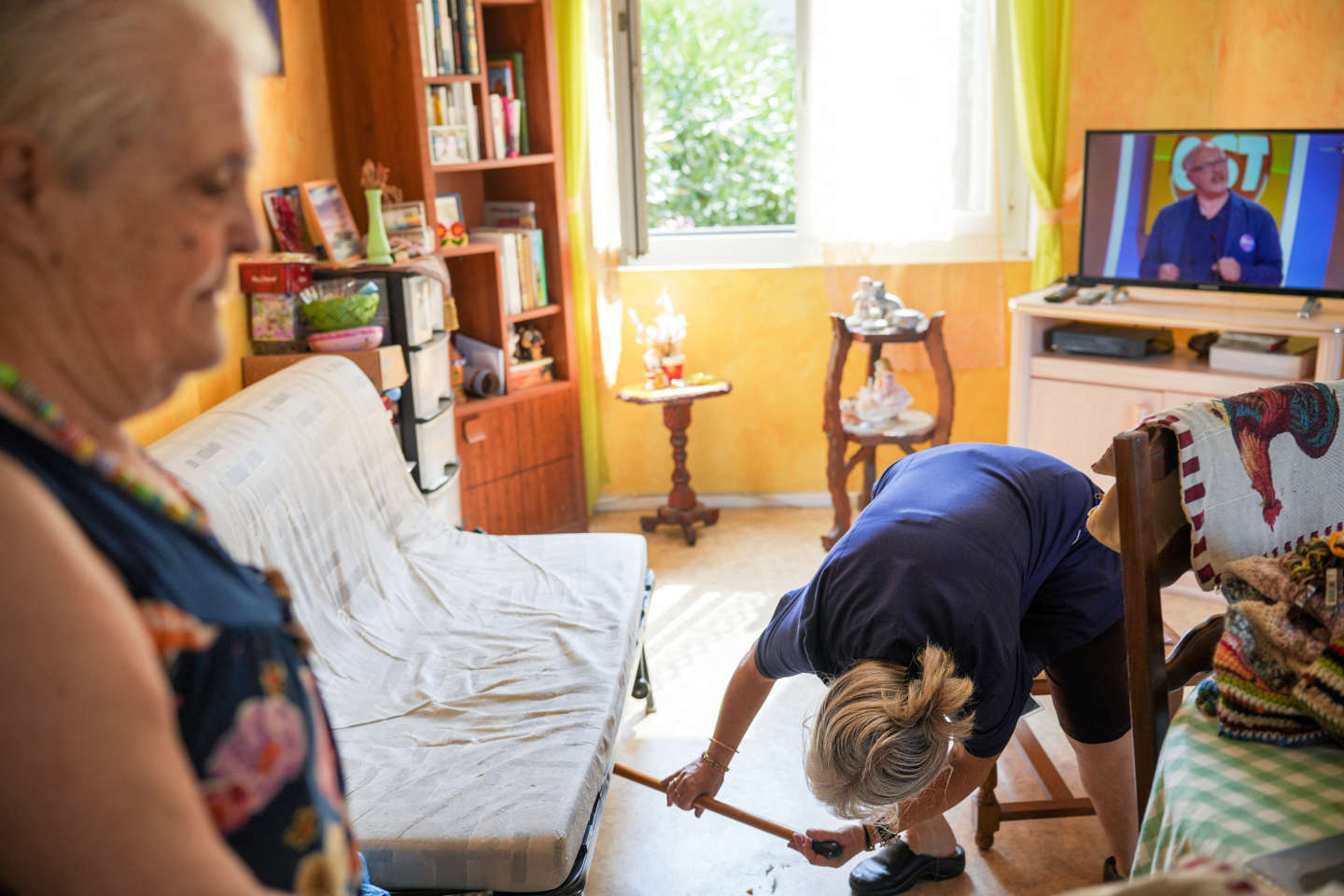France is aging, and it is aging fast. Nothing surprising, really. At the end of the Second World War, the country experienced the strongest demographic surge in Europe. From 1946 to 1950, more than 850,000 children were born in France per year, the record being reached in 1949 with nearly 900,000 births. The birth rate then slowed down a little, but remained high until the early 1970s.
Half a century later, post-war babies have grown well, and the birth rate has dropped. In the streets and squares, we now come across more gray hair than toddlers. France in 2023 has 26% of people over 60, one in four inhabitants. In 2040, it will be nearly one in three. A demographic shock which will be accentuated during the next two decades and which poses formidable economic and social equations. Because this meteorite, more discreet than a pandemic or the war in Ukraine, but no less powerful, will affect our economy with multiple impacts, of which the endless and bitter debate around the question of pensions is only one aspect, and not necessarily the most crucial.
“The major challenge is addiction”, asserts Alain Villemeur, scientific director of the TDTE Chair (Demographic Transitions, Economic Transition), a think tank on the impact of aging and longevity on the economy and society in France. Not only is the country aging, but its senior citizens are getting older and not always in good health. Between 2.7 million and 3.7 million people will become dependent in the coming years, according to estimates from the Libault report, published in 2019.
Each year, between now and 2030, some 20,000 people will need to be housed in specialized establishments, cared for, cared for and supported until their end of life. The Gravediggersthe work of Victor Castanet which revealed the scandalous practices in certain French nursing homes, demonstrates the extent of the work.
According to estimates made by the TDTE chair, the care of these dependent elderly should cost nearly 31 billion euros in 2040. This figure is added to the mechanical increase in the cost of social protection linked to aging . In a note published in 2022, France Strategy estimated that if France had had in 2019 the age pyramid expected in 2040, it would have had to spend 100 billion euros more.
Effect on potential growth
At the same time, due to the decrease in the number of assets, revenues would have been lower by 20 billion euros. Admittedly, these figures are not projections: expenditure and revenue will also evolve according to the future economic situation, in particular economic growth and the unemployment rate. But they “make it possible to measure the pressure that aging will exert on social finances”, observes Pierre-Yves Cusset, project manager at France Strategy. However, according to the expert, there is no need to play the Cassandre. Since demographic changes are not new, social protection has already absorbed a shock of a comparable magnitude over the past twenty years. The system has adaptedexplains Mr. Cusset. Between half and three-quarters of the pure effect of aging should be settled by past pension system reforms. »
You have 71.5% of this article left to read. The following is for subscribers only.
